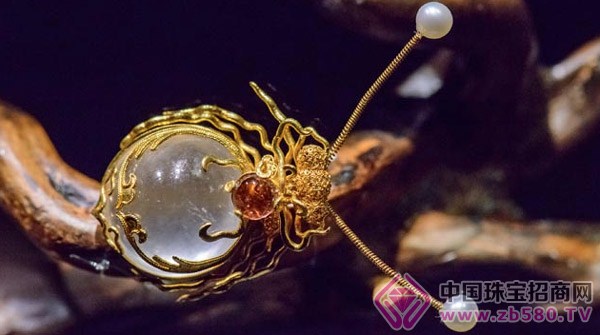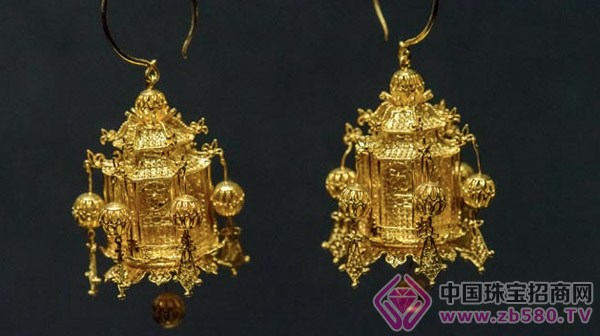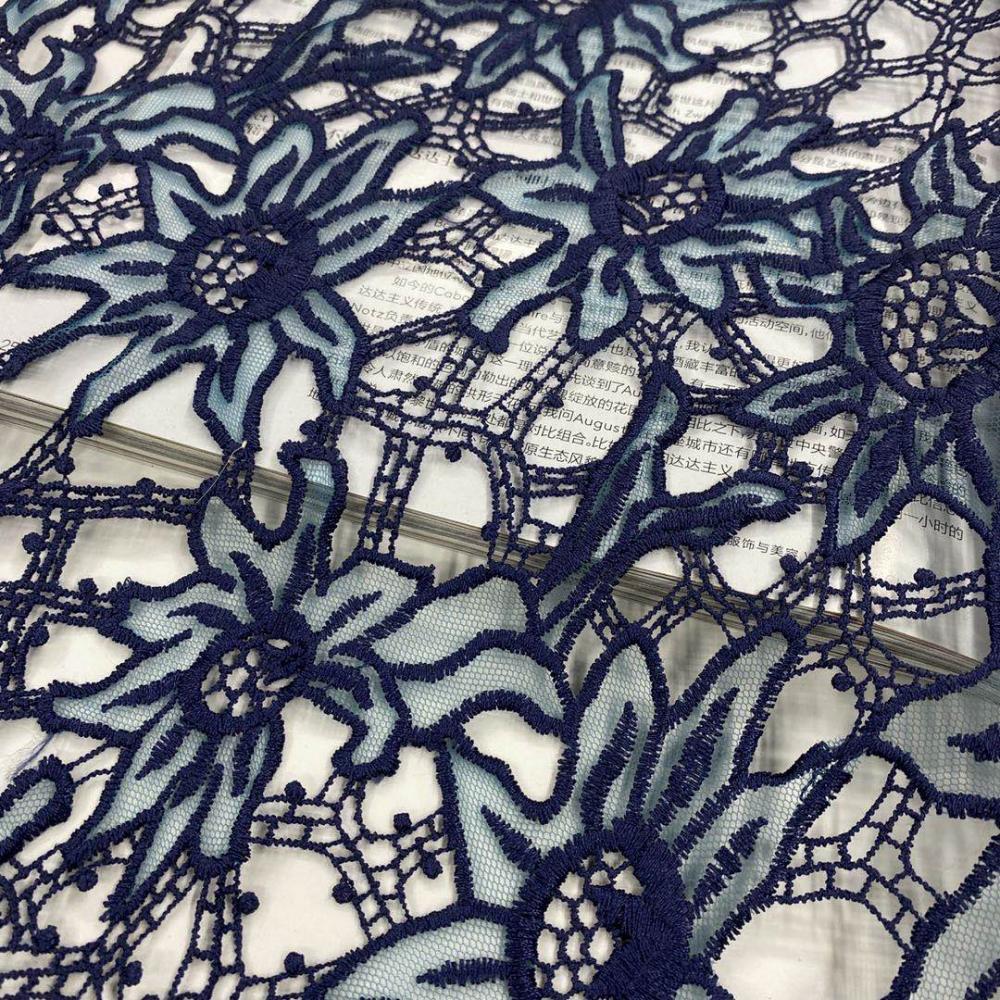
Chinese filigree inlay art is known for its intricate design. The origins of this long and rare process can be traced back to the ancient feudal dynasty. In order to celebrate this great cultural and artistic treasure, GIA will take you to explore the development of filigree inlays in the history of China.
Imagine you are in a museum that displays a variety of fine Chinese art. Before you stand in the filigree inlays, you are deeply immersed in the delicate grid outlined by the gold and silver filaments. Through it, you seem to see the intertwining of traditional culture and historical dynasties. Along the display cabinet, from the Warring States Period (475-221 BC) to the Tang Dynasty (AD 618-907) and the Song Dynasty (960-1279 AD), the development of this exquisite craft was presented one by one. In front of you. During the Tang and Song Dynasties, people invented new techniques for making gold and silver filaments, and the design of filigree inlays became more complicated.
Continue along the footsteps of history, and you will stop in front of the exhibits of the Ming Dynasty (1367-1644 AD). This is the golden age of the development of filigree inlays. The treasures of the royal family and the collections of pendants, pendants and other treasures are amazing. Finally, you walked through the Ming Dynasty to the exhibits of the Qing Dynasty (1644-1911). In the history of the "Manchu" rule, the Qing Dynasty witnessed the development peak of the filigree inlay process, and the essence of the past generations of art has been unprecedentedly integrated during this period.

This modern filigree inlaid brooch uses extremely sophisticated filament techniques on the insect's head. Craftsmen use mosaic techniques to embed gems into the body of an insect.
Strict process behind the filigree inlay process
The filigree inlay process can also be called the “fine gold processâ€. The history of filigree inlays has lasted for generations, and its skills have been refined with the replacement of the dynasty. The filigree inlay process consists of two techniques. The first is the filigree process, which involves applying basic handicrafts such as enamel, filling, welding, stacking, raking and weaving to different thicknesses of gold and silver filaments. The other is the inlay process, which involves engraving and sanding precious metal sheets and embedding the stones in the finished product. Craftsmen are free to choose one or two skills in their creation.
Craftsmen need to carefully bend and adjust the fine filigree to the desired shape. These parts are then welded together to become a three-dimensional craft. Welding is usually done on mica, and the flame underneath the mica ensures uniform and precise heating. Gemstones are usually embedded in filigrees, embedded in arched silk screens or made into separate pieces to keep their structure intact.

The pair of gold earrings is a replica of the Ming Palace lanterns. The lantern is shaped like a hexagonal kiosk. The goldsmith inlaid seven ball pendants around the pavilion. As the wearer walks, these balls will also swing back and forth.
Inherit traditional crafts
Due to the turmoil of cultural and political patterns in some periods, the classical and delicate filigree inlays have been almost lost. Fortunately, this process ushered in a recovery after China listed it as an “intangible cultural heritageâ€. Today, you can find many modern, or 20th and 21st century filigree inlay replicas in the private art museum. In addition, with the revival of traditional design and craftsmanship in global fashion and jewellery in recent years, the future of filigree inlaid art is bright, as it was in the Ming and Qing dynasties.
These newly designed modern filigree inlaid handicrafts are displayed in an art museum opened by Zhaoyi Jade House, a high-end jade brand in China.
The Knit Eyeley Embroidery Fabric is in soft handfeeling and suitable for children dress.evening party dress .garment dress etc.

Most of these designs are designed by ourselves and you will see that it't very popular and pretty.We always shipp them to American.European and Turkey etc.It's really popular in the market.

Embroidered Eyelet Fabric,Eyelet Embroidery Lace Fabric,Cotton Lace Embroidery Eyelet Fabric,Knit Eyelet Embroidery Fabric
SHAOXING MINGHEE EMBROIDERY CO,LTD , https://www.zjbestfabric.com